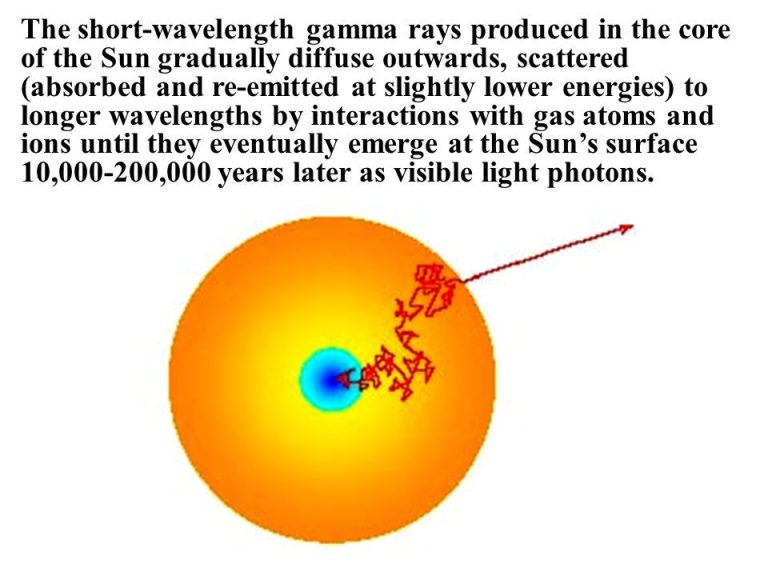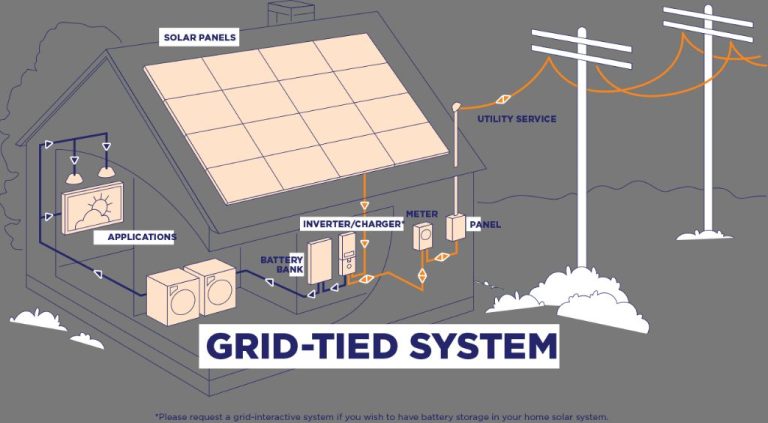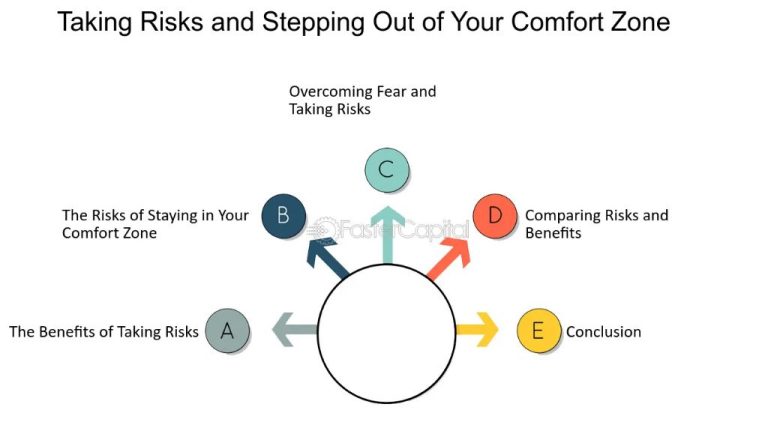Does The Current Flow From Positive To Negative?
Introducing Electric Current
Electric current is defined as the flow of electric charge. Electric charge refers to the property of matter that causes it to experience a force when placed in an electromagnetic field. There are two types of electric charge: positive and negative. Positively charged substances have a shortage of electrons, while negatively charged substances have an excess of electrons.
When electric current flows, it means charges are moving from one place to another. For example, electrons may flow from a power plant, through transmission lines, into your home and through appliances. The flow of electrons allows energy to be transferred and work to be done. Without electric current, your lights, refrigerator, phone charger and other devices would not function.
Electric current is measured in amperes (A), which represents the number of coulombs (a unit of charge) passing through a point over 1 second. For direct current (DC), the current remains steady. For alternating current (AC), the current changes direction periodically.
There are two conventions for describing the direction of electric current – conventional current and electron flow. These two models were developed at different points in time, leading to an inconsistency that persists today.
Conventional Current Flow
Conventional current flow refers to the direction electric current was assumed to flow before the actual direction of electron flow was discovered. It posits that current flows from the positive terminal to the negative terminal of a voltage source such as a battery or generator.
This concept was established by Benjamin Franklin in the 18th century. At the time, the atomic structure of electricity was not understood. Franklin theorized that electricity was a type of invisible “charge fluid” that flowed similarly to water. He arbitrarily defined the charge leaving the positive terminal as the “flow” of current.
So in conventional current flow, the movement of positive charge is taken to be the flow of current from high to low potential. Even though we now know that current is actually the flow of electrons from negative to positive, the conventional current convention remains the widely accepted standard for the direction of current flow in circuits.
Electron Flow
While conventional current depicts the flow of positive charges from the positive terminal to the negative terminal, electrons themselves actually flow in the opposite direction. Electrons have a negative charge, so they are attracted to the positive terminal and repelled by the negative terminal. This causes electrons to flow from areas of negative charge to areas of positive charge.
So in reality, the current inside metals and circuits is carried by electrons moving from the negative pole or source towards the positive pole or destination. Electrons leave the negative terminal where there is an excess of electrons, and move towards the positive terminal which has a deficiency of electrons. This flow of negative charges creates the electric current.
Electrons themselves drift slowly, but each electron triggers the flow of another electron in a cascading effect, allowing the current to propagate rapidly. So while the electrons themselves move slowly, the electric current flows rapidly in the direction opposite of conventional current.
History & Discovery of Electrons
The electron was first discovered in 1897 by the British physicist J.J. Thomson during investigations of cathode rays. Thomson demonstrated that cathode rays could be deflected by electric and magnetic fields, showing that they were composed of negatively charged particles. These particles were later named electrons.
Prior to the discovery of the electron, electric current was assumed to flow from positive to negative, moving from areas of high potential to low potential. This was known as the conventional current model. However, after the electron’s discovery, it became clear that current is actually carried by electrons which have a negative charge. Therefore, the direction of electron flow is opposite to that of conventional current.
Despite this updated understanding, the original conventional current model has persisted. Electron flow from negative to positive is the true physical phenomenon, but conventional current in the opposite direction is still used for notation and in certain electrical conventions. The discovery of the electron was a major breakthrough in physics that shaped modern electronics, even though it did not immediately change the conventions for current direction.
Conventional Current Convention
Despite knowing that current is carried by electrons moving from negative to positive, engineers and scientists still refer to conventional current flowing from positive to negative. This convention originated in the early 1800s when Benjamin Franklin arbitrarily assigned the direction of positive and negative charge. At the time, the concept of electrons had not yet been discovered.
Later in the 19th century, physicists determined that current is actually carried by electrons moving from negative to negative. However, by this time the conventional current convention was already established in textbooks and widely adopted. Rather than revise all circuit theory and diagrams, the conventional flow from positive to negative was retained for consistency.
Although electron flow is the actual physical phenomenon, conventional current direction continues to be widely used today in electrical engineering, electronics, physics, and related fields. The conventional flow model provides a consistent and workable framework for analyzing electric circuits and systems without contradicting the underlying electron motion. As long as the conventions are clearly defined, both standard flows can be used complementarily. Ultimately, the conventional positive-to-negative current direction serves primarily for continuity with historical circuit theory and standards.
Examples of Conventional vs Electron Flow
There are several common examples that illustrate the differences between conventional current flow and actual electron flow in circuits:

Battery/Cell – In a battery, conventional current flows from the positive terminal, through the circuit, and back to the negative terminal. However, electrons are actually leaving the negative terminal, flowing through the circuit, and returning to the positive terminal. So in a battery, electron flow is opposite to conventional flow.
Diode – A diode allows conventional current to flow in only one direction, from anode to cathode. But electrons can only flow from cathode to anode, in the opposite direction to conventional current.
NPN Transistor – Applying a positive voltage to the base allows conventional current to flow from collector to emitter. But inside the transistor, electrons are flowing from emitter to collector, opposite to conventional current flow.
PNP Transistor – Here, applying a positive voltage to the base allows conventional current to flow from emitter to collector. However, electrons flow from collector to emitter, in the opposite direction.
In summary, electron flow is universally from negative to positive, while conventional flow is from positive to negative. This distinction must be kept in mind when analyzing the internal operation of electronic components.
Electronic Circuit Conventions
Circuit diagrams use standardized conventions to represent the direction of current flow. While the current is actually carried by electrons moving from negative to positive, the conventional current flow direction is from positive to negative in diagrams. This is because circuit diagrams were established before electron flow was understood.
To avoid confusion, schematic diagrams, wiring diagrams, and printed circuit boards all assume conventional current flow, not electron flow. Components like batteries are drawn with their positive terminal at the top. Passive components like resistors are drawn vertically with current entering the top and exiting the bottom. Integrated circuits have their supply power pins on top and ground pins on the bottom. This maintains consistency even though the actual electron flow is opposite.
Adhering to the conventional current flow used in circuit diagrams makes them easier to understand. The established conventions allow engineers to design, build, and troubleshoot circuits more effectively. Attempting to indicate electron flow instead would lead to confusion and mistakes.
Mnemonics for Current Flow
There are a few mnemonics used to help remember the directions of conventional current flow versus electron flow:
- Conventional Current: Positive Comes In, Negative Comes Out (PCINCNO)
- Electron Flow: Negative Leaves Source, Positive Enters Destination (NLSPED)
- “I Eat Nachos” – Imagine current flowing from the positive terminal to the negative, like eating nachos from the plate into your mouth. This follows conventional current flow from positive to negative.
- “Chewed Up Wires” – Electrons flowing against the conventional current chewing up the wires illustrates electrons flowing from negative to positive.
These mnemonics use words, phrases or imagery to help recall that conventional current flows from positive to negative, while electron flow is in the opposite direction from negative to positive.
Implications of Current Flow Direction
While conventional current and electron flow are opposite in direction, the direction of current flow is often not critical for performing circuit calculations and analysis. Electrical engineers and technicians use the conventional current model for simplicity and consistency. The key equations governing electrical circuits, such as Ohm’s law and Kirchhoff’s circuit laws, do not depend on the direction of current flow. The same circuit calculations and analysis can be performed accurately using either conventional or electron flow.
For example, in a simple circuit with a battery and a resistor, Ohm’s law states that the current I is equal to the voltage V divided by the resistance R. This fundamental relationship holds true regardless of whether current is taken to flow from positive to negative or vice versa. The various rules for analyzing series and parallel circuits can be applied equally well with either model.
However, the direction of current flow does become important for certain applications, especially those involving magnetic fields. The direction of the magnetic field produced by a current-carrying wire depends on the direction of the current flow. For this reason, electron flow is sometimes preferred for understanding motor operation and other electromagnetic devices. But for most basic circuit calculations, the direction often does not matter and conventional current provides a simpler model.
In summary, the choice of conventional versus electron flow is mostly just a convention. For most electrical engineering purposes, the direction of current flow is arbitrary and the same analysis can be performed using either model. The key principles and mathematical relationships governing circuits remain valid and useful regardless of the assumed direction of current.
Summary
Conventional current follows the flow of positive charges, while electron current follows the flow of electrons, which have a negative charge. This difference occurred because conventional current was established before the discovery of the electron. When electrons were discovered, it became clear they are the particles that actually move to create current in circuits.
However, by that time the convention of positive current flow was already entrenched, so it remains the standard today. This is why circuit diagrams still show current flowing from the positive to negative terminal of a source, even though electrons are actually flowing the opposite way. The direction of conventional current matches our intuition, which is why it has persisted.
While the conventional flow is technically inaccurate, it does not cause issues in most circuit analysis. Both conventions are valid ways to visualize current. But it is important to remember electrons carry the charge in metal wires and electronic components. Being aware of the electron vs conventional flow distinction prevents confusion when analyzing certain electronic devices and effects.




